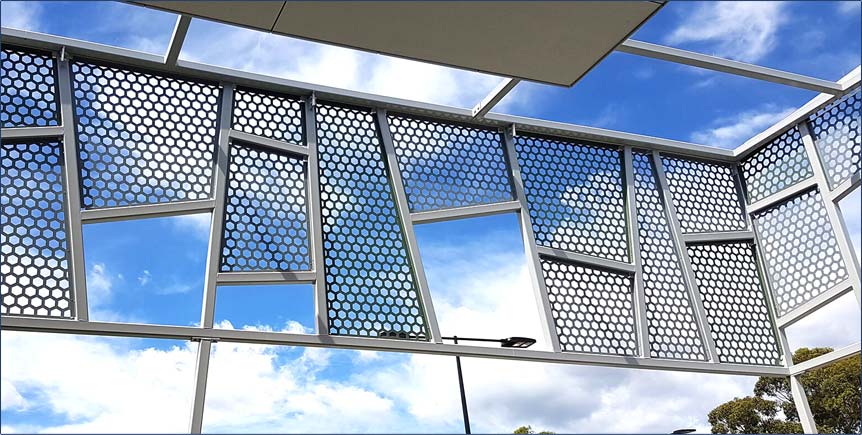The Importance of Stainless Steel Stormwater Grates in Urban Infrastructure
Stormwater management is an essential aspect of urban planning that directly affects environmental sustainability, infrastructure longevity, and public safety. Among the various components that facilitate effective stormwater drainage systems, stainless steel stormwater grates have emerged as a crucial element. This article delves into the advantages of stainless steel stormwater grates, their role in urban infrastructure, and the factors to consider when selecting them.
Understanding Stormwater Grates
Stormwater grates function as covers for drainage systems, allowing rainwater and runoff to flow into sewers, preventing flooding, and protecting the urban landscape from water damage. They are typically found on streets, parking lots, and sidewalks, where they serve multiple purposes, including safeguarding infrastructure, promoting public safety, and helping manage water quality.
Advantages of Stainless Steel
Stainless steel has become a preferred material for stormwater grates for several compelling reasons
1. Durability One of the most significant advantages of stainless steel is its remarkable durability. Unlike traditional materials such as cast iron or plastic, stainless steel is highly resistant to corrosion, rust, and harsh weather conditions. This resilience ensures that stormwater grates can endure the elements over time, reducing the need for frequent replacements and repairs.
2. Strength Stainless steel grates can bear heavy loads without compromising their structural integrity. This feature is particularly important in urban areas where vehicles frequently cross over drainage systems. The ability to withstand heavy traffic makes stainless steel a safe and reliable option for stormwater management.
3. Aesthetic Appeal Stainless steel grates offer a modern and sleek appearance compared to other materials. Their polished finish complements contemporary urban landscapes, making them visually appealing while still serving their functional purpose. This aesthetic versatility allows for better integration into various design schemes in public and private spaces.
4. Low Maintenance The non-porous surface of stainless steel makes it less susceptible to dirt accumulation, algae growth, and other contaminants. This characteristic significantly reduces maintenance efforts and costs, allowing urban planners and property owners to focus more on other essential aspects of infrastructure management.
stainless steel stormwater grates

5. Environmental Resistance Stainless steel is also resistant to a wide range of environmental factors, including chemicals, UV radiation, and extreme temperatures. This makes it an optimal choice for locations prone to exposure to oil, de-icing salts, and other harsh substances that can degrade other materials.
The Role of Stainless Steel Grates in Urban Stormwater Management
As cities continue to grow, efficient stormwater management becomes increasingly critical. Stainless steel stormwater grates play a pivotal role in this regard. By allowing effective water drainage, they help mitigate urban flooding, reduce erosion, and control pollution. Furthermore, they can be designed with features that enhance water filtration, filtering contaminants before they enter the stormwater system, thus protecting aquatic ecosystems.
Properly designed and installed stormwater grates can also enhance the overall efficiency of drainage systems. They can ensure the rapid removal of standing water, which is essential for preventing property damage and maintaining public safety. Consequently, urban planners must prioritize the inclusion of high-quality stainless steel stormwater grates in their stormwater management strategies.
Selecting the Right Stainless Steel Grate
When considering stainless steel stormwater grates, it is crucial to evaluate several factors to ensure the best choice for a specific application. Key considerations include
- Load Rating Understanding the anticipated traffic loads is essential to select a grate that can adequately support these weights. - Design and Size Grates come in various designs and sizes to accommodate different drainage systems. Choosing the right design is vital for optimizing water flow and preventing clogging. - Installation Proper installation is crucial for the longevity and effectiveness of the grates. Hiring professionals with experience in drainage systems can make a significant difference in outcomes. - Cost vs. Benefits While stainless steel grates may have a higher initial cost than some alternatives, their durability, low maintenance needs, and extended lifespan often result in cost savings over time.
Conclusion
In summary, stainless steel stormwater grates represent a vital component of modern urban infrastructure. Their durability, strength, aesthetic appeal, low maintenance requirements, and environmental resistance make them an excellent choice for stormwater management. As cities continue to evolve and face the challenges of climate change, incorporating high-quality materials like stainless steel into stormwater systems will be essential to ensure sustainable and effective urban drainage solutions.
-
Why Galvanized Trench Cover Steel Grating Resists Corrosion
NewsJul.10,2025
-
The Versatility and Strength of Stainless Expanded Metal Mesh
NewsJul.10,2025
-
Load Calculations in Steel Grating Platforms
NewsJul.10,2025
-
Keeping Pets and Kids Safe with Chicken Wire Deck Railing
NewsJul.10,2025
-
Hole Diameter and Pitch for Round Perforated Metal Sheets
NewsJul.10,2025
-
Aluminium Diamond Mesh in Modern Architecture
NewsJul.10,2025
Subscribe now!
Stay up to date with the latest on Fry Steeland industry news.

